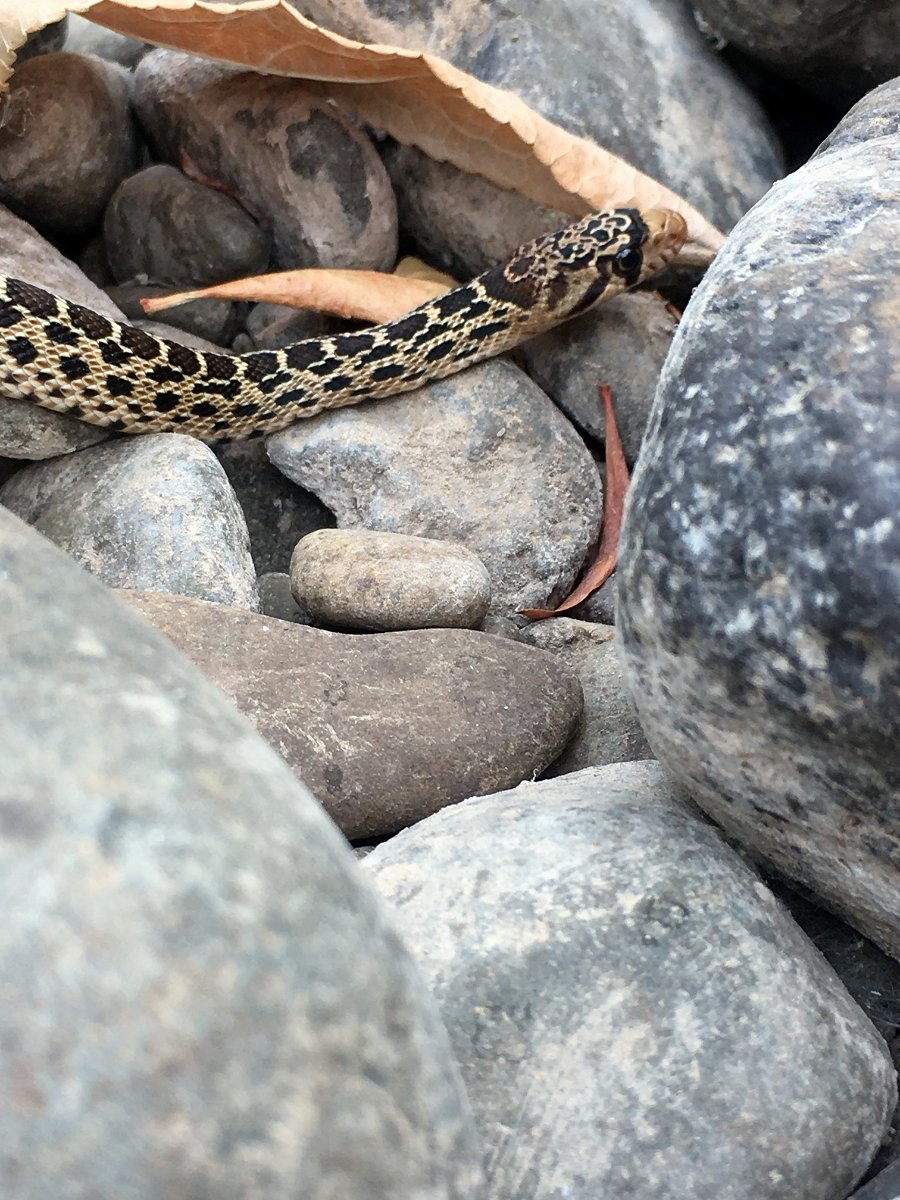Every time I go out to the arboretum, I remind myself to slow down and take my time. I often begin by sitting on a bench, tuning into my senses, and letting go of all the busyness in my life. I hear chickadees calling, crickets singing, and leaves rustling. I feel the warmth of the sun and the wind brushing against me. I smell the dampness of recent rains and leaves starting to decay. I taste some ripe blackberries. I see insects buzzing in the air, and squirrels climbing through the trees. There are so many discoveries to be made in nature and it is more likely to happen if I start this way.
After sitting for a little while, I took a walk out to my favorite tree. It has so many beautiful forms, patterns, colors, and textures to behold and experience. It stands upright and its canopy is open and spacious.
The needles are long, soft, and green. They radiate outwards forming wispy brooms that sweep back and forth in the wind. The old needles turn orange and are scattered in a loose mat underneath the tree.
There are old cones still attached to the tree. They are gray and small bits of lichen are scattered across their surfaces. The scales are still nestled together at the base forming a beautiful pattern. Some old cones have partially detached leaving behind barnacled florets. The new cones have opened in the warm, summer sun. Their copper-colored bodies develop into a bouquet of arching scales. Red-breasted Nuthatches visit the cones looking for seeds to eat or cache for later.
Its catkins are tubular and dry a papery, reddish-brown.
The tree produces a sticky sap that always manages to find its way onto my body or clothes somewhere. It has a cool, sharp scent that feels refreshing.
The bark of the trunk is layered with flakes creating a furrowed, craggy landscape. It has a warm, sweet smell. The bark on the young limbs is reminiscent of a snake’s skin.
It has a gentle song and a peaceful dance as it sways in the wind.
There is so much to learn, notice, and experience with this tree. It can live to over 500 years old. This is only the beginning of its life. I will only get to know it and be friends for such a brief time.







































































